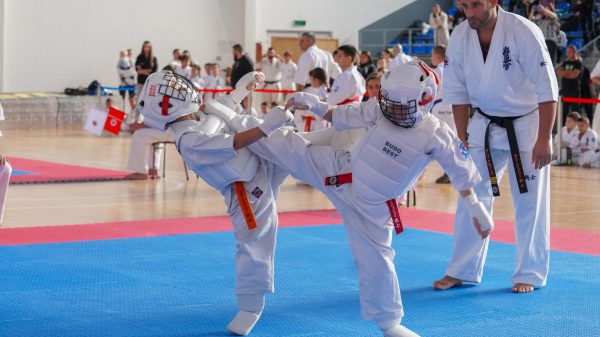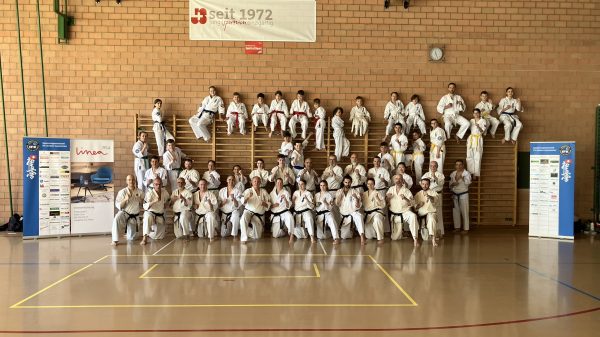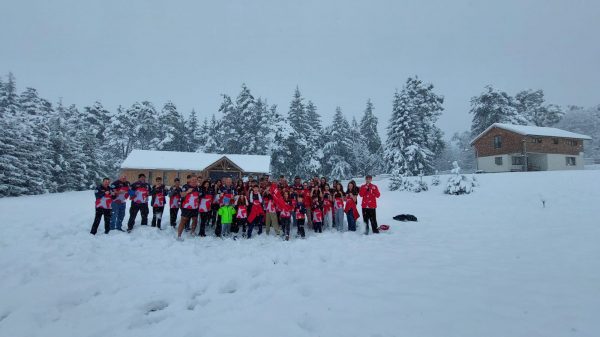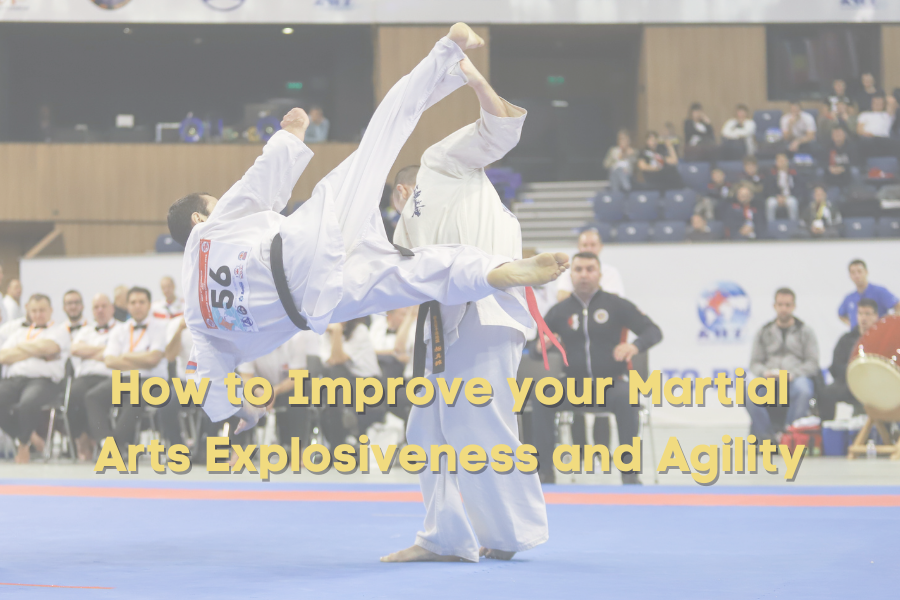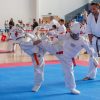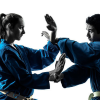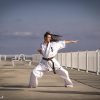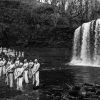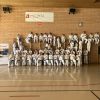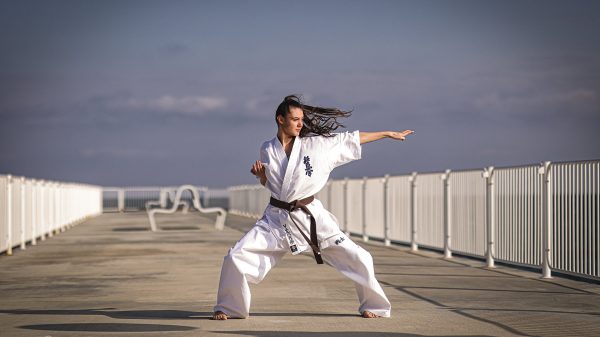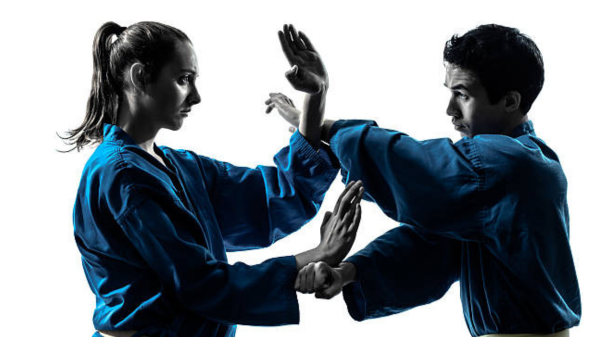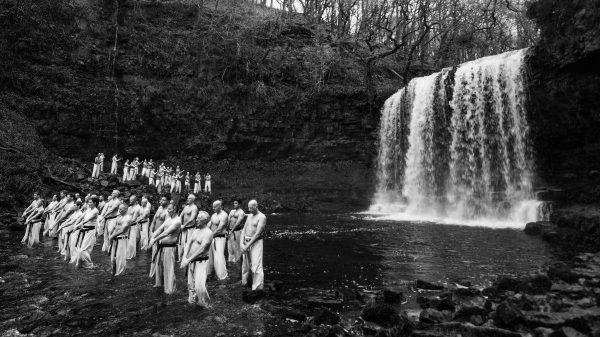To be fast in martial arts, one must improve their reflexes. To punch faster, block a punch, to kick quickly all require reflexive coordination and training. By developing your reflexes, you can take your performance to a higher level.
What is a Reflex
A reflex is an involuntary instant movement reaction based on a response to a situation or stimulus. For example, when you touch a hot pan on the stove accidentally or do not think it is hot, you will automatically jerk your hand away without thinking about it. Or, similar to someone going to punch you in the stomach, and you cringe and contract your ribcage and abs. There is no delay when the reflex happens. Reflexes are actions that do not require thinking; they occur.
The Cross Extensor Reflex
The cross-extensor reflex is a withdrawal reflex. An example of this is when a person steps on a tack or a nail and instantly withdraws their foot from the floor due to pain. As the foot draws quickly and immediately from the floor, it sends a reflex signal to the opposite leg to stiffen into extension soon, so you don’t fall. The stiffness enhances the stability of the standing leg. When the foot is jerked up from the floor, the reflex is automatically activated due to pain. The great thing about this reflex is, it is trainable.
Try this as an experiment to understand the cross-extensor reflex. Standing in place, lift one knee as fast as you can. You should feel the standing leg stiffen. The higher and faster you lift your knee, activates the more stiffness of the standing leg.
Now, put your foot down to the floor, straightening your leg as quickly as you can. You should feel the other knee lift to your hip quickly. As the portion goes from flexion to extension, it causes the opposite foot and knee lift from the floor fast and instantly.
These two examples have to be done with speed.
The Stumble Reflex
The stumble reflex is a reflex that your foot automatically and quickly steps or kicks out in front of you when you fall forward. For example, when you are walking, your toes catch the lip of the uneven pavement and your trip. Automatically, the opposite leg will sling forward reflexively with speed to stop your fall. Also, your hands automatically lift up and out in front of you to balance and stabilize you from falling, as well as to break your fall to protect you from knocking your head on the ground. This reflex is also trainable.
Reflexive Strength Training
Reflexive strength training is essential if you want to improve agility and speed, and it develops and coordinates the reflexes’ ability to respond to movement with speed and precision. When training the reflexes, you can use heavy, light, and no weights.
What’s important first is to use light or no weights; to first coordinate the reflexes. Once the reflexes are conditioned and coordinated, you can add resistance and do something called contrast training. Contrast training is using the same exercise two times as one set. For example, the first is a loaded exercise using a heavyweight for about five reps. Then after the five reps, rest for 10-seconds and do the same movement using bodyweight only.
For instance, doing the first exercise in the video using the cross-extensor and stumble reflex with weight and then doing the same exercise without it. The first exercise will enhance the neural potentiation for reflexive speed in the second. This will only happen once you have a coordination of the reflex.
By Jason Kelly


